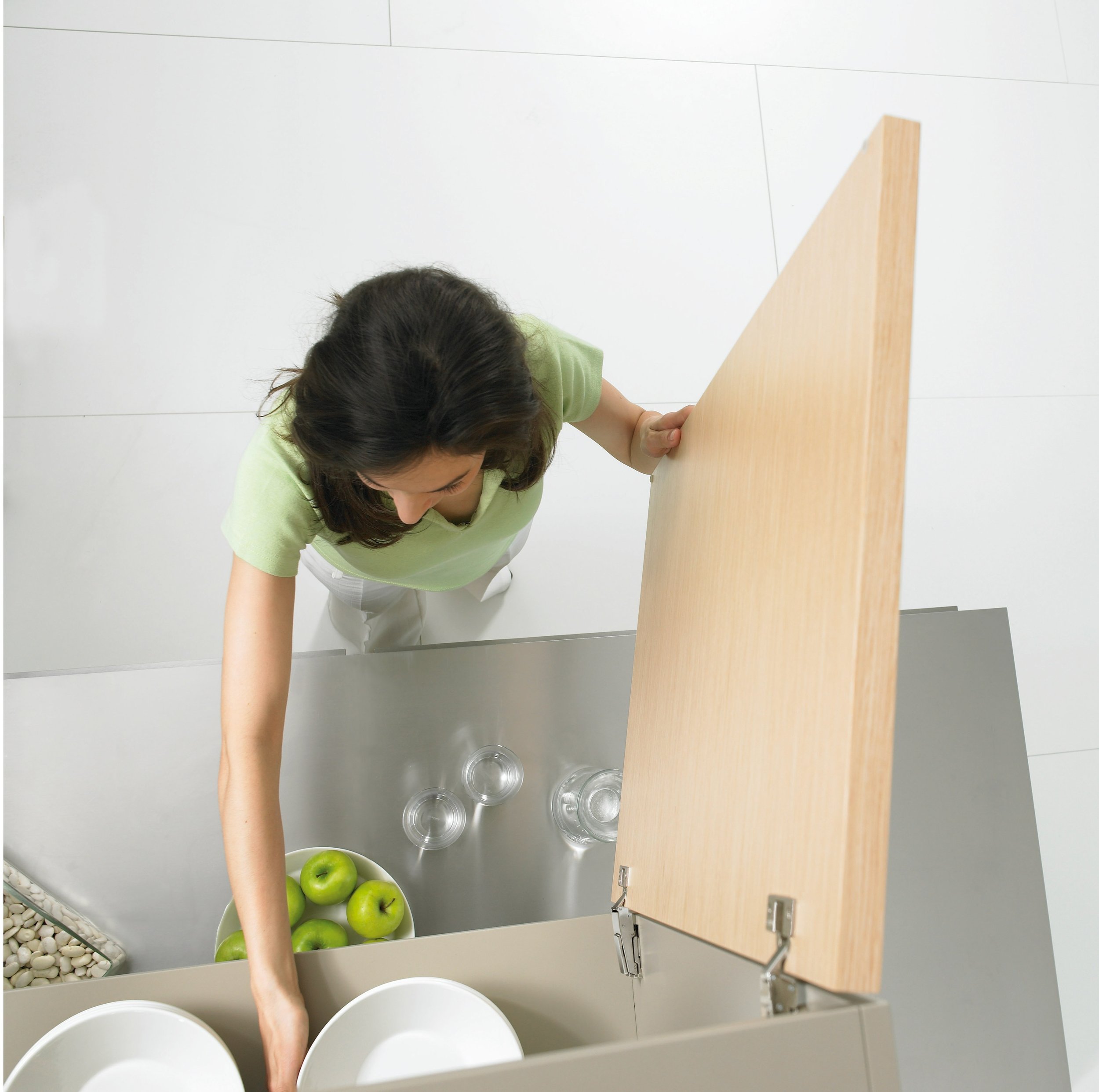Sanitizing vs. Disinfecting: A Homeowner’s Guide to Effective Cleaning Practices
In the hustle and bustle of maintaining a clean and healthy home, understanding the difference between sanitizing and disinfecting is crucial for homeowners and cleaning professionals alike. While both practices aim to reduce germs and promote health and safety, they serve different purposes and require specific methods to be effective. Sanitizing generally lowers the number of germs on surfaces to a safe level, while disinfecting goes a step further by killing a broader range of pathogens. Recognizing the importance of disinfecting, especially in high-touch areas, can help prevent the spread of illness and ensure peace of mind in your household. As your local cleaning experts, we're here to demystify these cleaning guidelines and provide effective sanitizing practices and disinfection methods to maintain a safer, healthier environment for you and your loved ones.
Key Differences Explained
Understanding the distinctions between sanitizing and disinfecting is crucial for maintaining a clean and healthy home environment. Let's break down these key differences and explore their importance in your cleaning routine.
Understanding Sanitizing
Sanitizing is the process of reducing the number of bacteria on surfaces to a safe level, as determined by public health standards. This method is often sufficient for everyday cleaning tasks and is less harsh than disinfecting.
According to MedlinePlus, sanitizing typically reduces bacteria on surfaces by 99.9%. This level of cleanliness is usually adequate for areas like kitchen counters and dining tables.
Sanitizing products often contain milder chemicals compared to disinfectants, making them safer for use on food-contact surfaces. They're ideal for daily use in households without compromising the safety of family members or pets.
However, it's important to note that sanitizing may not be effective against all types of pathogens, particularly viruses. This is where disinfecting comes into play for a more thorough cleaning approach.
Importance of Disinfecting
Disinfecting takes cleaning a step further by killing a wider range of microorganisms, including bacteria, viruses, and fungi. This process is crucial in high-risk areas or during illness outbreaks.
The Centers for Disease Control and Prevention (CDC) recommends disinfecting high-touch surfaces regularly to prevent the spread of diseases. These areas include doorknobs, light switches, and bathroom fixtures.
Disinfecting is particularly important in healthcare settings, schools, and public spaces where the risk of pathogen transmission is higher. It provides an additional layer of protection against harmful microorganisms that sanitizing alone may not address.
While more effective at eliminating pathogens, disinfectants often contain stronger chemicals. This means they should be used with caution, following manufacturer instructions carefully to ensure safety and effectiveness.
Effective Sanitizing Practices
To ensure effective sanitizing in your home, follow these best practices recommended by cleaning experts:
Start with a clean surface: Always remove visible dirt and debris before sanitizing.
Use the right product: Choose a sanitizer appropriate for the surface you're cleaning.
Follow contact time: Allow the sanitizer to remain on the surface for the recommended duration.
Hillyard's cleaning guide emphasizes the importance of proper dilution for sanitizing solutions. Too weak, and they won't be effective; too strong, and they may be harmful.
For food-contact surfaces, Virginia Tech's extension service recommends using sanitizers approved by the EPA for this specific purpose. This ensures the safety of your food preparation areas.
Remember, while sanitizing is often sufficient for daily cleaning, incorporate disinfecting into your routine for a more comprehensive approach to home hygiene.


